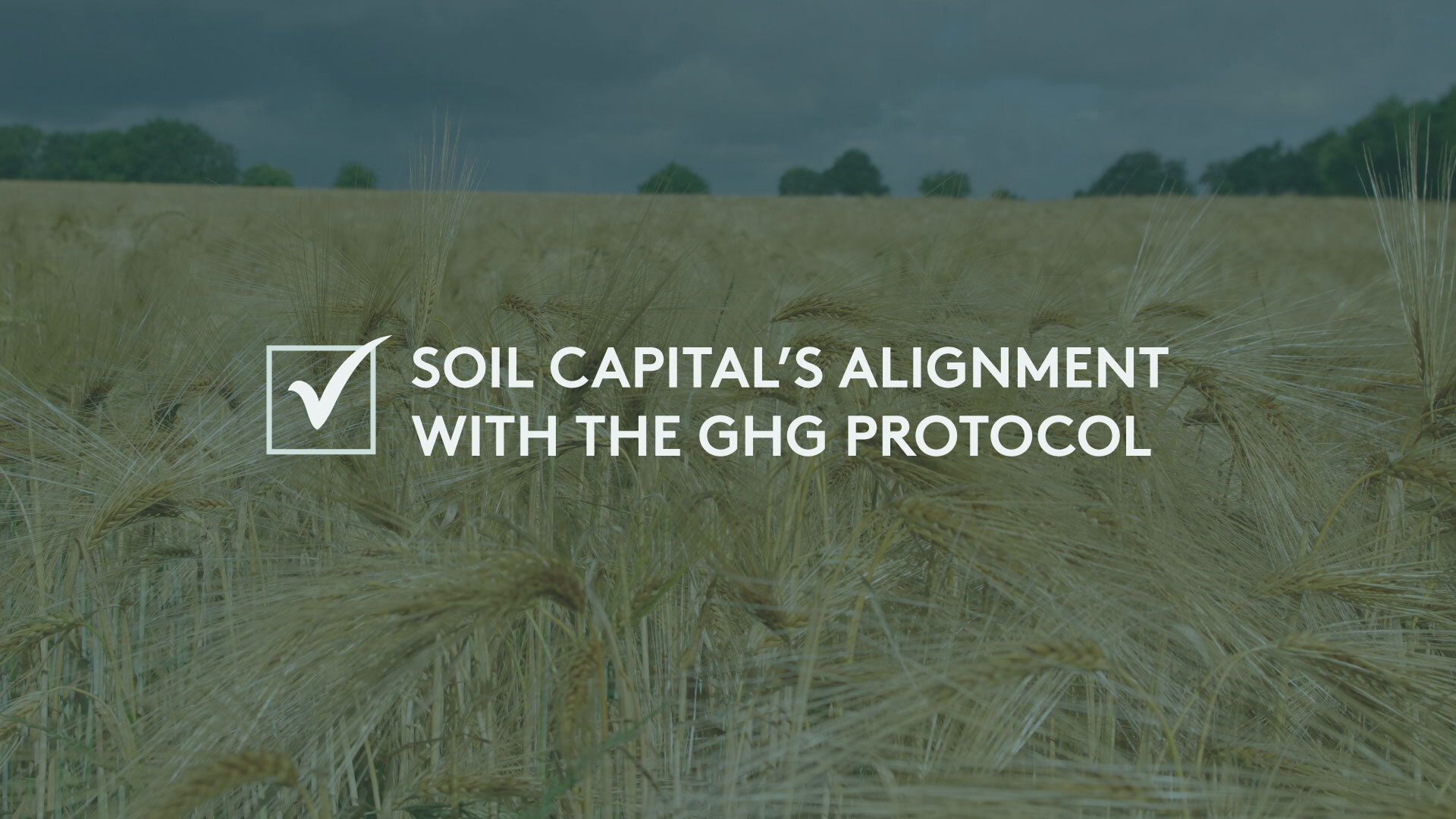





Note: this article is an adaptation from the initial case study published on SustainCERT website.
Ensuring the credibility of our climate change mitigation programme is critical to scaling investments in Scope 3 emissions reductions and removals. Independent third-party validation is key to ensuring quality and rigor to collaborate effectively across complex agricultural value chains.
In 2025, SustainCERT validated our methodology used in the “Soil Capital Climate Change Mitigation Programme for Arable Farming.” The methodology is designed to calculate emission factors (EFs) for arable farms in Europe. These EFs represent the greenhouse gas (GHG) intensities of our farmers implementing regenerative agriculture practices for a given year.
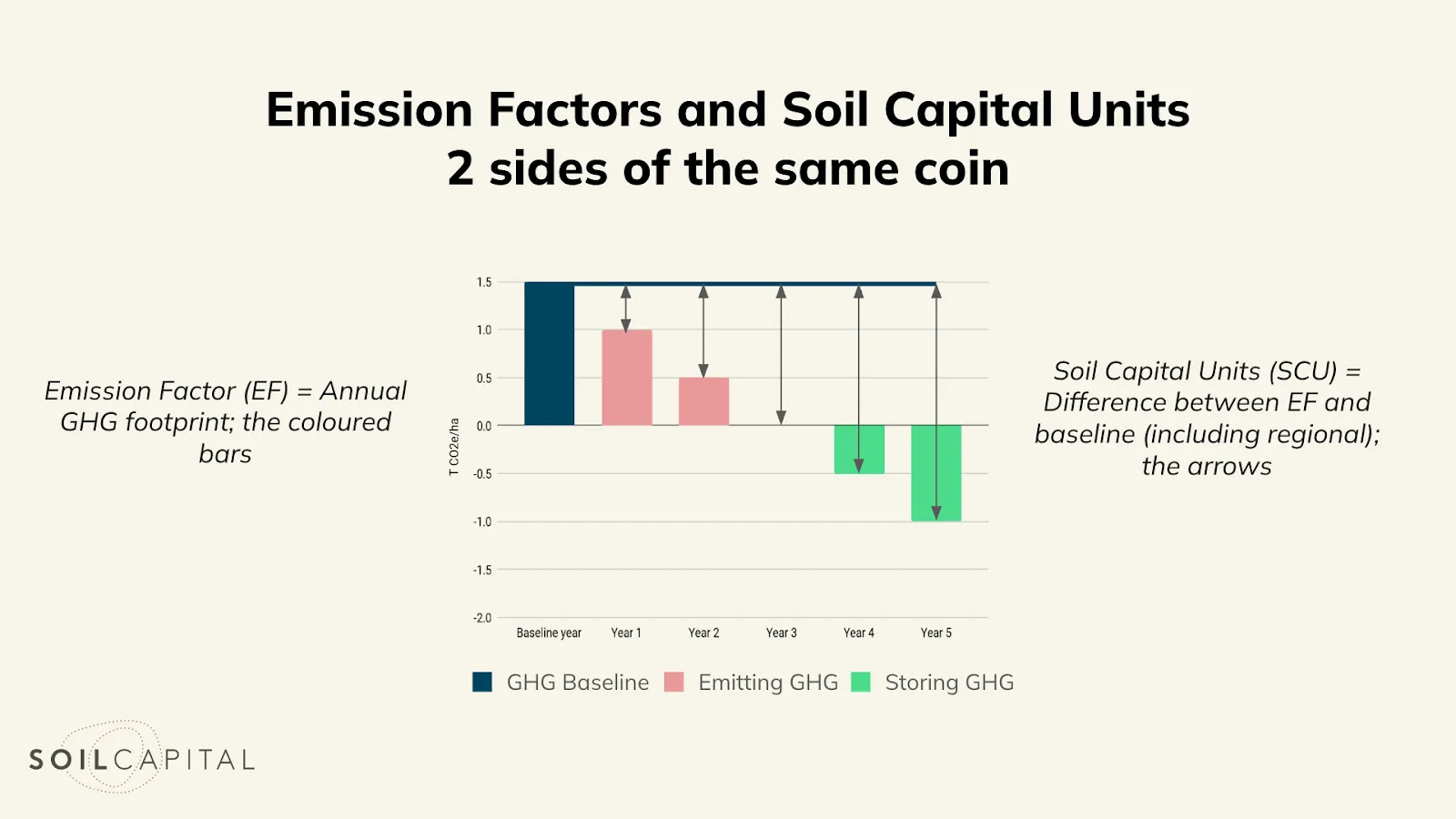
The validation of our programme methodology confirms that the approach used to generate emission factors is robust and aligned with international best practice. It also demonstrates the programme’s alignment with the GHG Protocol, a globally recognised framework for Scope 3 emissions accounting and reporting. The EFs, that we can consider as the footprint of a crop, created by Soil Capital’s programme can be used by downstream companies for Scope 3 accounting and reporting. This validation enhances the credibility of Scope 3 programmes for regenerative agriculture.
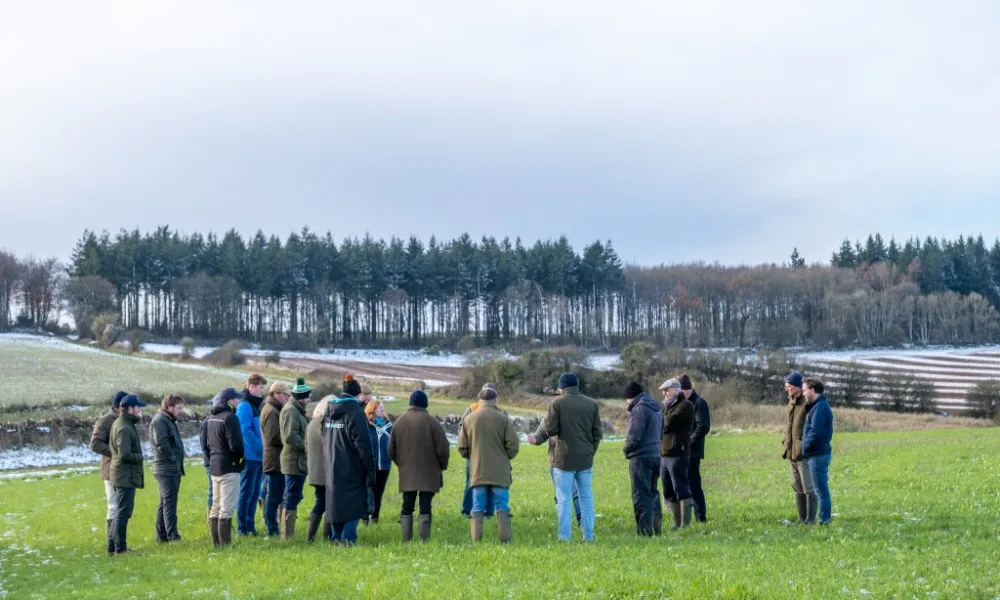
SustainCERT is a climate impact verifier, bringing credibility to climate action. Founded as an independent standalone organisation in 2018 by Gold Standard, SustainCERT’s approach aligns with and contributes to leading international sustainability frameworks – including the Greenhouse Gas Protocol, the UN Sustainable Development Goals, Gold Standard and Science Based Targets Initiative (SBTi).
Soil Capital supports the transition of European arable farms to regenerative agriculture practices, improving soil health and farm resilience. Our programme enables farmers to measure and monetise their performance, particularly in terms of carbon emissions and soil carbon storing, by connecting them to voluntary carbon markets and agri-food companies. In this way, we link the two key sides of the value chain—farmers and food companies—to foster collaboration and build greater resilience across the agricultural system.
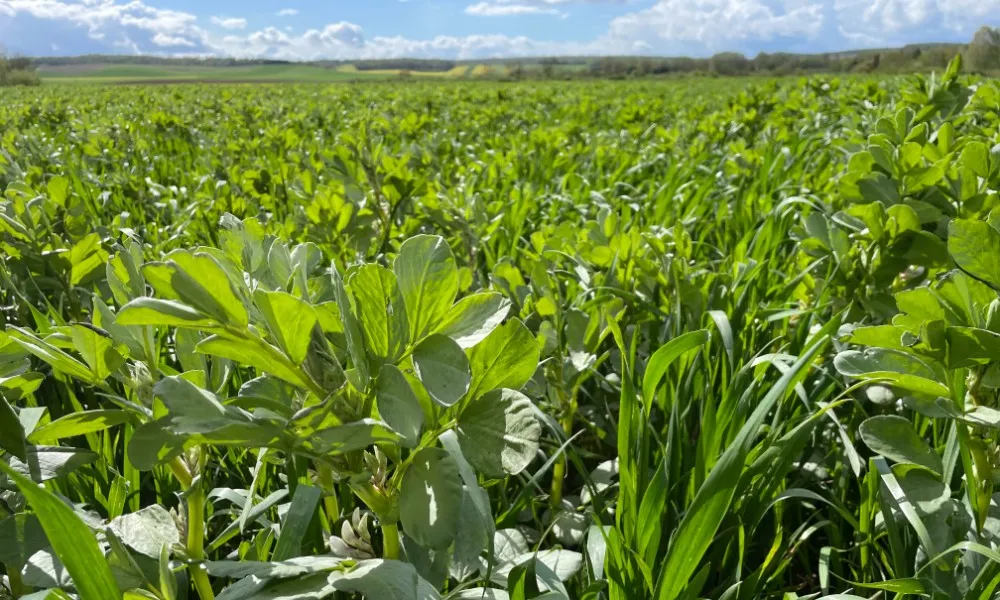
Our programme is anchored in two complementary science-based methodologies and independently validated by SustainCERT. Together, these methodologies enable accurate and granular tracking of on-farm GHG emissions and soil carbon improvements.
To ensure transparency and ease of implementation, our programme includes a full Monitoring, Reporting, and Verification (MRV) system, along with a dedicated farmer-facing digital platform for data collection and engagement. The EFs from our programme may be used for reporting aligned with the Corporate Sustainability Reporting Directive (CSRD) and Science-Based Targets initiative (SBTi), where those frameworks accept methodologies based on the GHG Protocol.
SustainCERT performed an in-depth, iterative review of all input data, calculation equations, and quality management procedures. This included the evaluation of two distinct protocols, each reflecting one of the main farmer profiles in Soil Capital’s programme. While differentiated by farmer type, the methodologies maintain internal consistency and coherence across the programme.
The validation conducted by SustainCERT confirmed that, when properly implemented, our programme enables consistent calculation of emission factors across multiple farms and geographies.
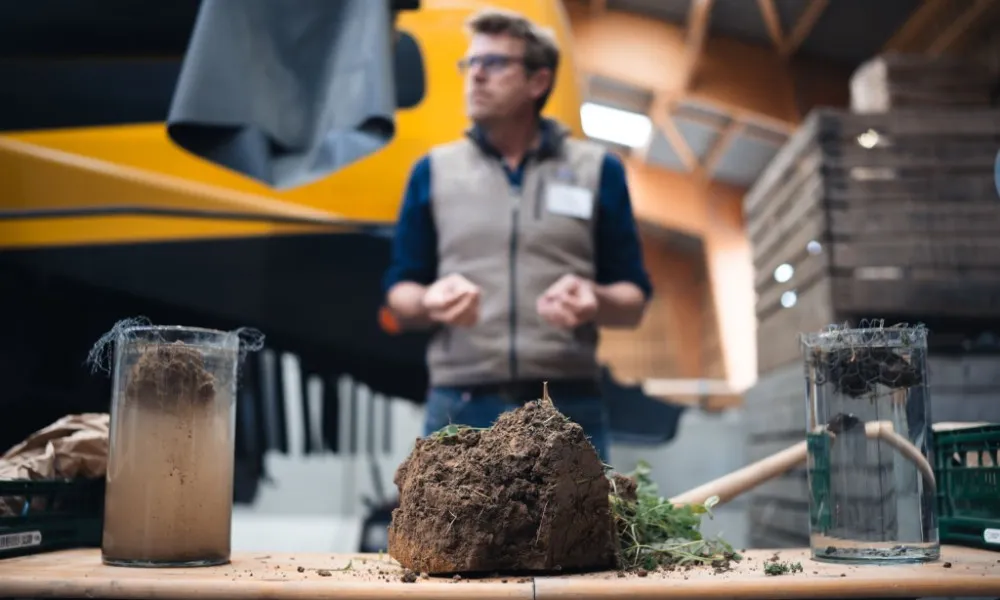
Independent validation of our methodologies under the climate mitigation programme is allowing us to respond to multiple key challenges, including:
Validation by SustainCERT allowed us to stress-test our methodology against expert scrutiny. Validation strengthens the credibility of Soil Capital’s programme by demonstrating conformity with the GHG Protocol and the draft version of the LSRG—the reference standard for the agricultural sector.
We identified the lack of clarity surrounding MRV standards and regulations as one of the main barriers to corporate investment in agricultural climate solutions. By aligning with GHG Protocol requirements, corporate partners can have greater confidence in the robustness of the methodology and its outcomes. Access to detailed, credible emission factors is essential for companies to accurately monitor progress over time, attribute emission reductions and removals to specific interventions, and effectively report against Science Based Targets (SBTs).
As the LSRG is still in draft form, careful interpretation of the current draft, close monitoring of updates, and a forward-looking approach that can accommodate future changes were required. Future updates to the LSRG may necessitate revisions to maintain alignment with the final guidance.
Validation is also valuable in the context of an ongoing market debate around how to recognise and reward early adopter farmers. Most prescriptive standards still fall short of offering practical solutions. While the validation focused solely on the technical protocol for calculating EFs, it supports Soil Capital’s efforts to build a credible basis for advocating recognition of early adopters of regenerative agriculture practices. It also addresses the complexity of continuous improvement, integrating soil analysis, different models for carbon measurement and estimation, and working with evolving cohorts of farmers.
Independent validation reinforces Soil Capital’s positioning on Scope 3 solutions, demonstrating our leadership in sustainable value chain interventions—an increasingly critical area for corporate climate strategies.
Marguerite Delormel, Head of Corporate Sales, shares Soil Capital’s approach to value chain interventions:
“When we think about how to turn SBTi’s Net Zero and FLAG standards into action—and with only six harvests left to meet the first FLAG target—waiting isn’t an option. These standards are pushing companies to look upstream, where the bulk of emissions truly lies. But this shift isn’t just about reporting—it’s about business value. It reinforces supply security, brand resilience, and maintains license to operate in a future marked by more frequent climate shocks. AgFood can’t only report the way to resilience— they have to invest in it.”
Credibility enables trust — and trust unlocks collaboration. As companies, farmers, and stakeholders are asked to share data, adopt new practices, or co-invest in sustainability initiatives, they need to be confident that the methodologies in use are:
Third-party validation against the GHG Protocol—the reference standard for SBTi—helps us build trust. It shows that the methodologies of our Soil Capital’s Climate Mitigation Programme stand up to scrutiny, making it easier for partners to adopt, align with, and invest in.
Ultimately, by lowering perceived risk and increasing confidence, credibility helps translate climate ambition into climate action. The challenge is no longer ambition—it’s action to turn credibility into concrete results.


Note: this article is an adaptation from the initial case study published on SustainCERT website.
Ensuring the credibility of our climate change mitigation programme is critical to scaling investments in Scope 3 emissions reductions and removals. Independent third-party validation is key to ensuring quality and rigor to collaborate effectively across complex agricultural value chains.
In 2025, SustainCERT validated our methodology used in the “Soil Capital Climate Change Mitigation Programme for Arable Farming.” The methodology is designed to calculate emission factors (EFs) for arable farms in Europe. These EFs represent the greenhouse gas (GHG) intensities of our farmers implementing regenerative agriculture practices for a given year.

The validation of our programme methodology confirms that the approach used to generate emission factors is robust and aligned with international best practice. It also demonstrates the programme’s alignment with the GHG Protocol, a globally recognised framework for Scope 3 emissions accounting and reporting. The EFs, that we can consider as the footprint of a crop, created by Soil Capital’s programme can be used by downstream companies for Scope 3 accounting and reporting. This validation enhances the credibility of Scope 3 programmes for regenerative agriculture.

SustainCERT is a climate impact verifier, bringing credibility to climate action. Founded as an independent standalone organisation in 2018 by Gold Standard, SustainCERT’s approach aligns with and contributes to leading international sustainability frameworks – including the Greenhouse Gas Protocol, the UN Sustainable Development Goals, Gold Standard and Science Based Targets Initiative (SBTi).
Soil Capital supports the transition of European arable farms to regenerative agriculture practices, improving soil health and farm resilience. Our programme enables farmers to measure and monetise their performance, particularly in terms of carbon emissions and soil carbon storing, by connecting them to voluntary carbon markets and agri-food companies. In this way, we link the two key sides of the value chain—farmers and food companies—to foster collaboration and build greater resilience across the agricultural system.

Our programme is anchored in two complementary science-based methodologies and independently validated by SustainCERT. Together, these methodologies enable accurate and granular tracking of on-farm GHG emissions and soil carbon improvements.
To ensure transparency and ease of implementation, our programme includes a full Monitoring, Reporting, and Verification (MRV) system, along with a dedicated farmer-facing digital platform for data collection and engagement. The EFs from our programme may be used for reporting aligned with the Corporate Sustainability Reporting Directive (CSRD) and Science-Based Targets initiative (SBTi), where those frameworks accept methodologies based on the GHG Protocol.
SustainCERT performed an in-depth, iterative review of all input data, calculation equations, and quality management procedures. This included the evaluation of two distinct protocols, each reflecting one of the main farmer profiles in Soil Capital’s programme. While differentiated by farmer type, the methodologies maintain internal consistency and coherence across the programme.
The validation conducted by SustainCERT confirmed that, when properly implemented, our programme enables consistent calculation of emission factors across multiple farms and geographies.

Independent validation of our methodologies under the climate mitigation programme is allowing us to respond to multiple key challenges, including:
Validation by SustainCERT allowed us to stress-test our methodology against expert scrutiny. Validation strengthens the credibility of Soil Capital’s programme by demonstrating conformity with the GHG Protocol and the draft version of the LSRG—the reference standard for the agricultural sector.
We identified the lack of clarity surrounding MRV standards and regulations as one of the main barriers to corporate investment in agricultural climate solutions. By aligning with GHG Protocol requirements, corporate partners can have greater confidence in the robustness of the methodology and its outcomes. Access to detailed, credible emission factors is essential for companies to accurately monitor progress over time, attribute emission reductions and removals to specific interventions, and effectively report against Science Based Targets (SBTs).
As the LSRG is still in draft form, careful interpretation of the current draft, close monitoring of updates, and a forward-looking approach that can accommodate future changes were required. Future updates to the LSRG may necessitate revisions to maintain alignment with the final guidance.
Validation is also valuable in the context of an ongoing market debate around how to recognise and reward early adopter farmers. Most prescriptive standards still fall short of offering practical solutions. While the validation focused solely on the technical protocol for calculating EFs, it supports Soil Capital’s efforts to build a credible basis for advocating recognition of early adopters of regenerative agriculture practices. It also addresses the complexity of continuous improvement, integrating soil analysis, different models for carbon measurement and estimation, and working with evolving cohorts of farmers.
Independent validation reinforces Soil Capital’s positioning on Scope 3 solutions, demonstrating our leadership in sustainable value chain interventions—an increasingly critical area for corporate climate strategies.
Marguerite Delormel, Head of Corporate Sales, shares Soil Capital’s approach to value chain interventions:
“When we think about how to turn SBTi’s Net Zero and FLAG standards into action—and with only six harvests left to meet the first FLAG target—waiting isn’t an option. These standards are pushing companies to look upstream, where the bulk of emissions truly lies. But this shift isn’t just about reporting—it’s about business value. It reinforces supply security, brand resilience, and maintains license to operate in a future marked by more frequent climate shocks. AgFood can’t only report the way to resilience— they have to invest in it.”
Credibility enables trust — and trust unlocks collaboration. As companies, farmers, and stakeholders are asked to share data, adopt new practices, or co-invest in sustainability initiatives, they need to be confident that the methodologies in use are:
Third-party validation against the GHG Protocol—the reference standard for SBTi—helps us build trust. It shows that the methodologies of our Soil Capital’s Climate Mitigation Programme stand up to scrutiny, making it easier for partners to adopt, align with, and invest in.
Ultimately, by lowering perceived risk and increasing confidence, credibility helps translate climate ambition into climate action. The challenge is no longer ambition—it’s action to turn credibility into concrete results.
